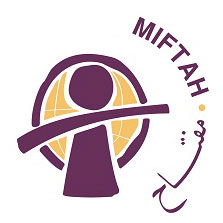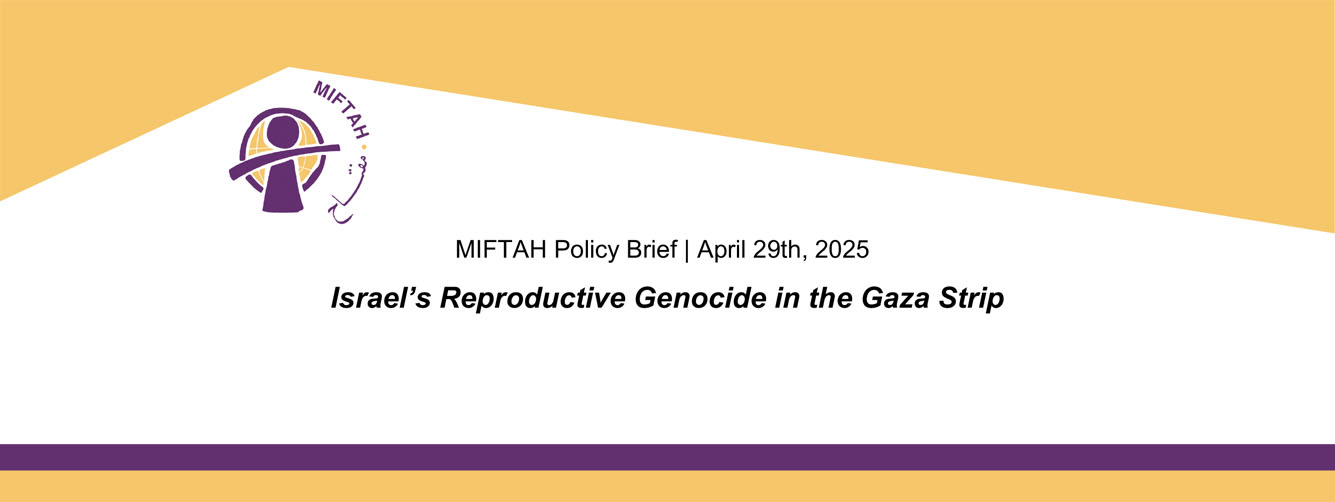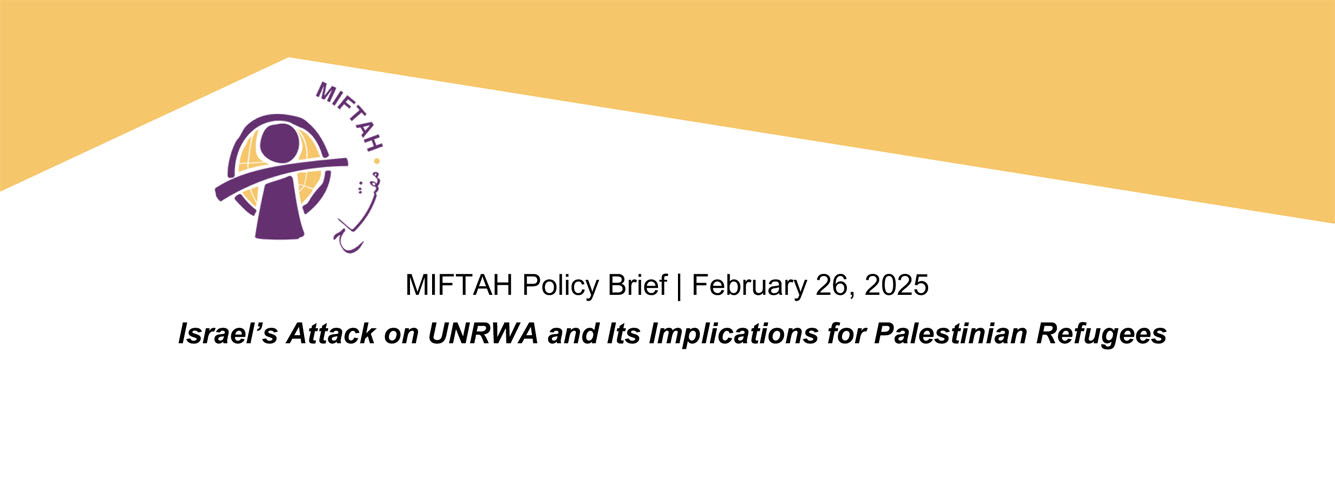Key Findings of USAID Assessment
- Chronic and acute malnutrition is widespread among children under five years of age and increasing rapidly. 30% of children screened suffered from chronic malnutrition and 21% from acute malnutrition. These numbers have increased significantly since 2000 when only 7.5% and 2.5% of children suffered from chronic and acute malnutrition respectively.
- Moderate to mild anemia is also evident. 45% of children under 5 years of age and 48% of women of childbearing age suffer from moderate to mild anemia.
- More than 30% of the 3.5 million Palestinians in the West Bank and Gaza are dependant upon food handouts from the World Food Program and the ICRC or other NGOs. The number of Palestinians requiring food assistance is increasing daily. According to USAID analysis, approximately 50% of all Palestinians (refugee and non-refugee) require external food assistance to help meet their minimum daily caloric intake.
- Of 320 households surveyed, 50% stated their need to borrow money to purchase basic foodstuffs, with 16% selling assets for the same purpose.
- The March-April 2002 incursions brought at least a 50% increase in the number of Palestinian home demolitions since the beginning of the intifada.
- The Palestinian Ministry of Housing reports that approximately 720 homes were destroyed by the IDF and another 11,553 damaged from September 2000 to February 2002. 73,600 people were affected.
- The March-April 2002 incursions destroyed another 881 homes and damaged some 2,883 houses in refugee camps. An estimated 22,500 people were residents of these homes.
- There is increasing risk of communicable disease outbreak. Due to diminished access to potable water, residence overcrowding, and inadequate shelter, possible disease outbreak, such as cholera, is a growing concern.
- The medical treatment of Palestinians living in rural communities, and those with chronic diseases such as renal failure, diabetes, cancer, and hypertension, has been interrupted due to access, affordability, and availability-related issues.
- According to Palestinian Ministry of Health estimates, births attended by skilled health workers have decreased from 97.4%, pre-intifada, to 67% currently. Home deliveries have increased from 3% pre-intifada, to 30%, at present.
- Availability of immunization has decreased. Interruptions in electricity supply make medical facilities unable to maintain cold storage and cause vaccines to spoil, further aggravating growing health concerns. The child immunization program is breaking down.
- According to the World Bank, 70% of Palestinians in the West Bank and Gaza live below the poverty line of less than $2 per day. Only 90 days ago, in April 2002, the World Bank estimated 50% of Palestinians were below the poverty level. The UN defines 62% of Palestinians in the West Bank and Gaza as "vulnerable" or in need of food, shelter, and/or access to health services.
- A USAID environmental health assessment team found that of 300 households surveyed in Nablus, NONE were found to have drinking water acceptable to international standards. Fecal bacteria often contaminated water.
- The incidence of diarrhea is increasing. This is indicative of unsanitary living conditions and questionable water supply. USAID preliminary findings indicate that 30% of the 320 households interviewed throughout the West Bank and Gaza reported diarrheal characteristics among at least one of its members during the first two weeks of June.
- The Palestinian Ministry of Health reports that because of closures and curfews, its facilities operate at about 30% capacity. The Palestinian Red Crescent Society reported that 25 of its 121 ambulance fleet were damaged beyond repair by the Israeli defense forces. Curfews and closures cause ambulances to require 6 to 8 hours on average to transport patients to hospitals, if they obtain access at all.
- In June 2002 USAID found that 28% of the 320 households interviewed had at least one family member who was not granted access to needed emergency medical services while 67% of households reported that access was not granted to at least one family member who required long-term treatment such as dialysis, hemotherapy, or diabetes management.
- A Bir Zeit University study surveyed 764 households and found widespread psychological illness. 87% of households reported psychological difficulties in one or more family members.
Read More...
By: MIFTAH
Date: 29/04/2025
By: MIFTAH
Date: 05/03/2025
By: KARAMA
Date: 21/11/2018






